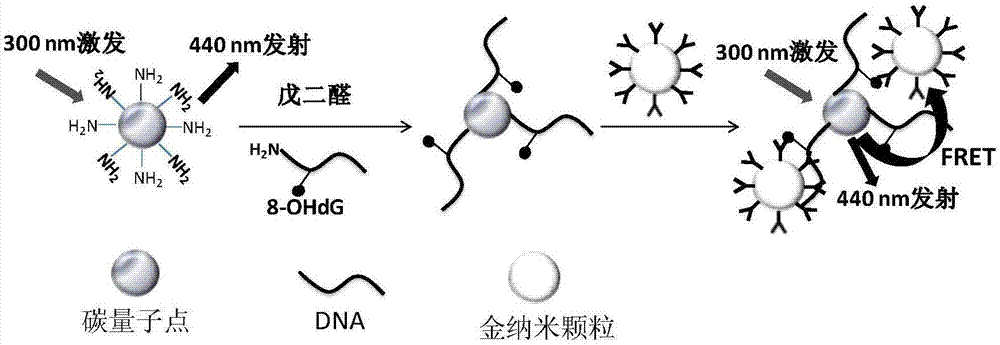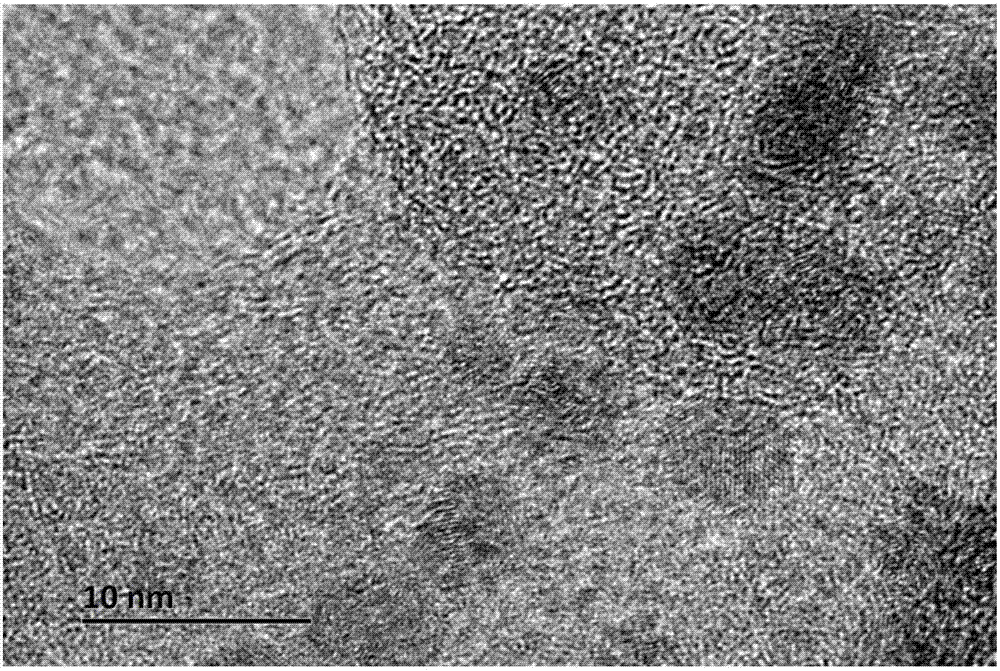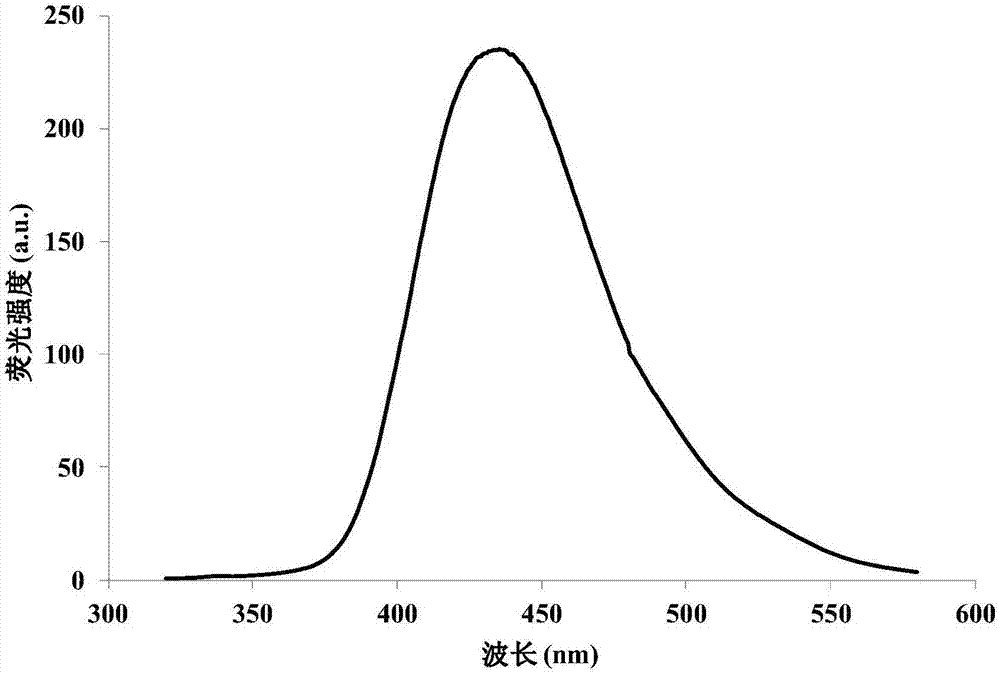Method for detecting oxidative damage DNA based on fluorescence resonance energy transfer of carbon quantum dot and gold nanoparticle
A technology of fluorescence resonance energy and gold nanoparticles, which is applied in biochemical equipment and methods, and microbial measurement/inspection, etc., can solve problems such as complicated procedures, slow speed, and poor sensitivity, and achieve the effect of sensitive analysis and detection
- Summary
- Abstract
- Description
- Claims
- Application Information
AI Technical Summary
Problems solved by technology
Method used
Image
Examples
example 1
[0033] Example 1: A method for detecting oxidatively damaged DNA based on fluorescence resonance energy transfer of carbon quantum dots and gold nanoparticles, the process is as follows figure 1 Shown:
[0034] (1) Biofunctionalization treatment of CQDs surface: add 1 μL glutaraldehyde (mass fraction 50%) to 25 μg / mL, 100 μL surface-aminated CQDs solution, let it stand for 30 minutes, then add oxidatively damaged DNA, the concentration range is 1pM~30μM , stored at 4°C for later use;
[0035] (2) AuNPs preparation and surface functionalization treatment: AuNPs were prepared by reducing perchloroauric acid with sodium citrate. Deionized water was heated to boiling on a magnetic stirring heater, 15 μL of perchlorauric acid (14.3%) was added to 50 μL of boiling water, after stirring and heating for 5 minutes, 5 mL of sodium citrate (1%) solution was quickly added, and the solution was carried out under stirring and heating. reaction. The color of the solution gradually changed...
PUM
 Login to View More
Login to View More Abstract
Description
Claims
Application Information
 Login to View More
Login to View More - R&D
- Intellectual Property
- Life Sciences
- Materials
- Tech Scout
- Unparalleled Data Quality
- Higher Quality Content
- 60% Fewer Hallucinations
Browse by: Latest US Patents, China's latest patents, Technical Efficacy Thesaurus, Application Domain, Technology Topic, Popular Technical Reports.
© 2025 PatSnap. All rights reserved.Legal|Privacy policy|Modern Slavery Act Transparency Statement|Sitemap|About US| Contact US: help@patsnap.com



